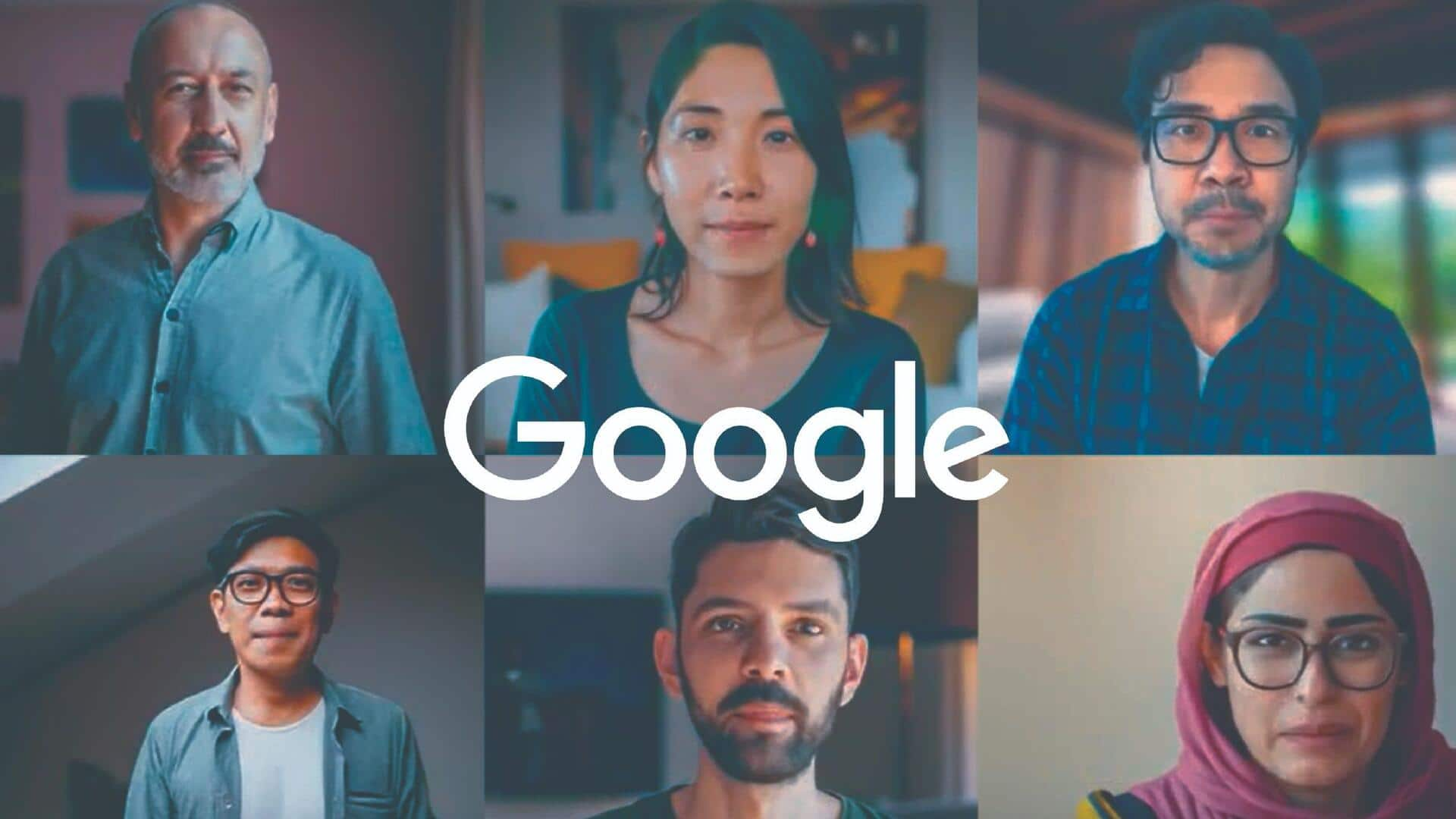
Google's Vlogger AI tool creates realistic talking avatars from photos
What's the story
Google's research team has presented an innovative artificial intelligence model named Vlogger. This groundbreaking tool can morph a single static image of an individual into a dynamic, speaking avatar.
Defined in a research paper as a "novel framework to synthesize humans from audio," Vlogger aims to fabricate hyper-realistic digital humans for seamless interactions with real-world users.
The potential applications of this technology are vast, ranging from enhancing digital communication and education to creating personalized virtual assistants.
Ethical question
Ethical dilemmas surrounding Vlogger's potential misuse
Vlogger's capacity to generate persuasive synthetic videos from just one image has sparked debates about possible misuse.
Unlike deepfakes that necessitate multiple AI tools, Vlogger streamlines the process by only requiring one image and the desired audio clip.
The AI model doesn't need individual training for each person it animates, enabling it to create lifelike videos from images of virtually anyone.
However, Google's research team has yet to address these potential risks.
Future possibilities
Evaluating Vlogger's performance and future prospects
While Vlogger's AI animations are not flawless, they show immense promise.
The tool currently generates output with a slightly mechanical feel, but its capabilities are remarkable considering the vast amount of data it is trained on.
The MENTOR dataset, which includes 2,200 hours of video and '800,000 identities,' serves as its training ground.
As this technology continues to evolve and improve, it could further blur the boundaries between reality and artificial intelligence-generated content.
Twitter Post
Have a look at these AI-generated videos!
This is scary!
— Roni Rahman (@heyronir) March 19, 2024
Google just revealed VLOGGER, and it can create almost realistic talking + moving videos from JUST ONE PHOTO.
Here's what you need to know:
(+ more examples) pic.twitter.com/V61Sb0Xr9n